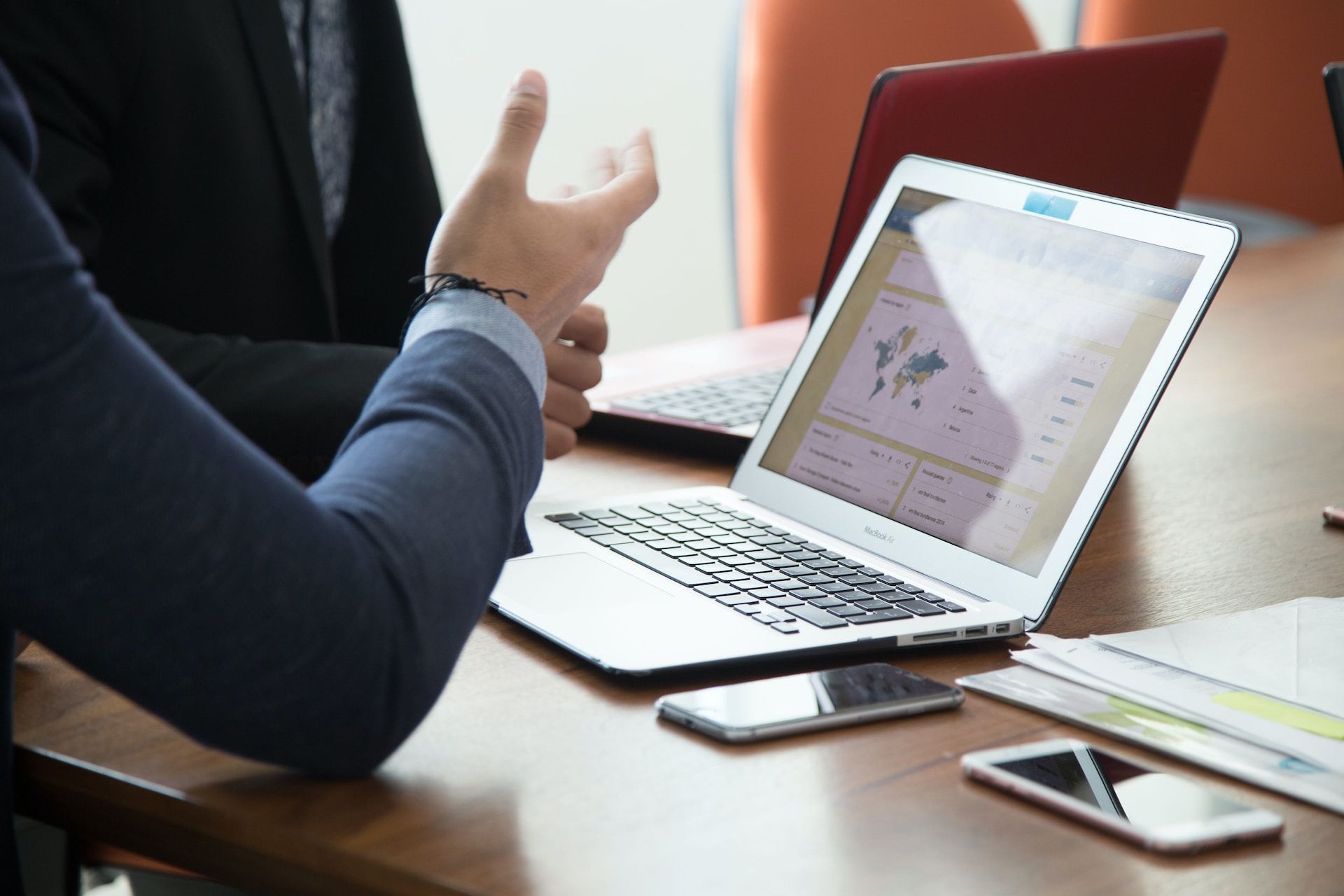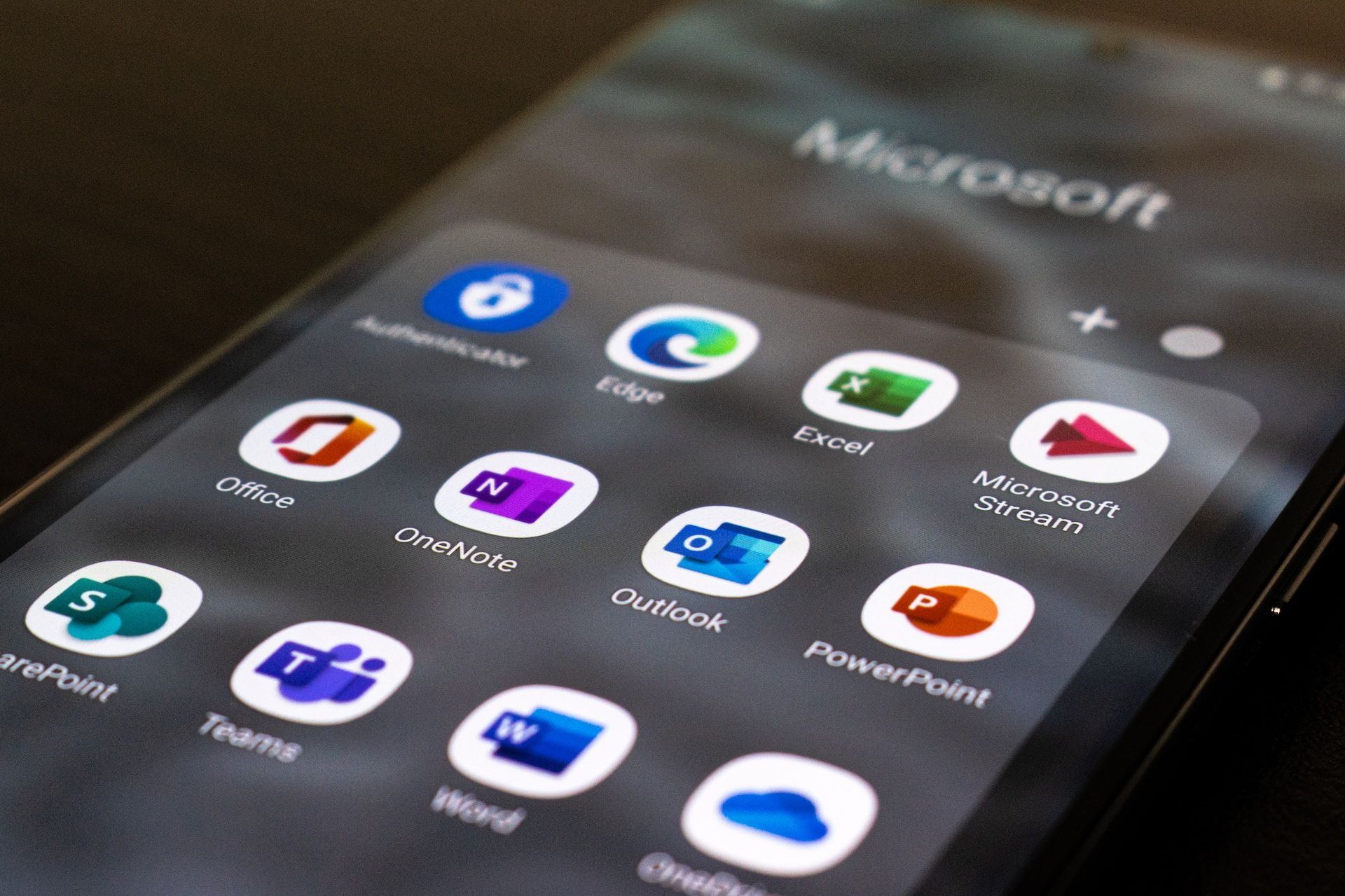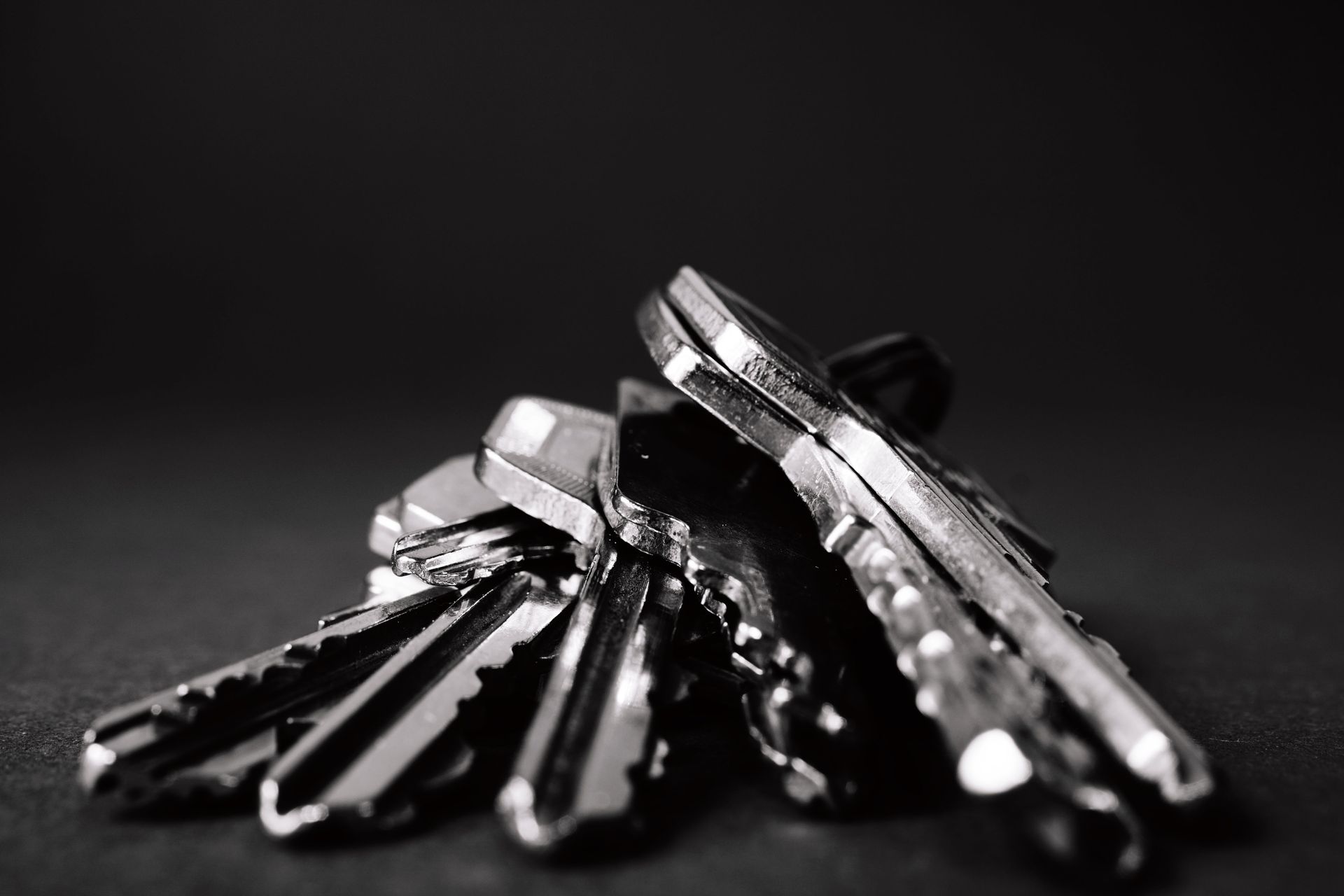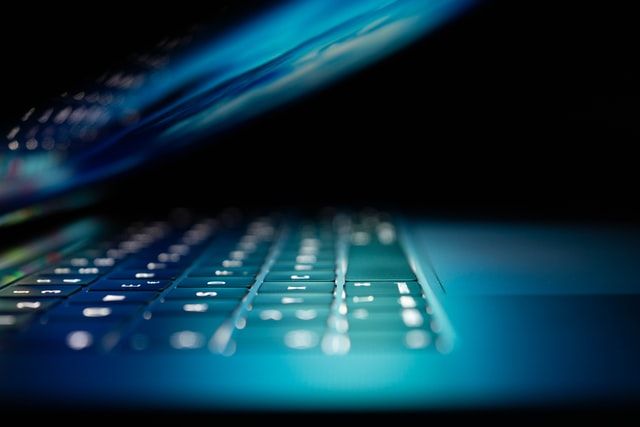Multi-Factor Authentication Tips to Boost Security
Kordel Eberly

Cybersecurity has become a huge concern for small and large businesses alike. While keeping data secure is a huge challenge for any business, small to medium-sized businesses (SMBs) are particularly vulnerable to cyber-attacks because many refuse to acknowledge the danger and/or lack the larger companies’ IT resources.
In 2020, 28% of security breaches involved a small business, and according to IBM , the average cost of an insider threat-related incident for small to medium-sized businesses is $7.68 million.
Therefore, it’s crucial to any business’s success – large or small - to be proactive in preventing security breaches.
A business can take many proactive steps, such as antivirus software, firewalls, and cybersecurity audits. The bottom line is that controlling who has access to your data is key to security, which is why so many things are now password protected.
Why Passwords Aren't Enough
Unfortunately, passwords alone are no longer enough to protect your data. Over the past few years, fewer cybercriminals are turning to “hacking” to access your data. Instead, they’re using weak, stolen, or otherwise compromised credentials to simply log on.
The greatest cyber threat for small businesses today is phishing and social engineering. One study found that seven in ten SMB employees’ passwords were stolen or lost, and credentials represent the most compromised type of data in 2019.
Here are some of the limitations of passwords:
·Many people set passwords in their default settings,
·Many create easy-to-remember passwords that are easy to crack,
·Many write passwords down, so they can be stolen, and
·Many people share their passwords with others.
Even if the user tries to protect their passwords, hackers have other ways to access the information, such as phishing, social engineering, keystroke loggers (malware that captures every key users hit), sniffers (reading passwords from an unencrypted network), password reset (using password reset systems to create a new password), and buying passwords.
Multi-factor authentication can help add an additional layer of security.
What is Multi-Factor Authentication?
Authentication is a way to prove who you are so that you can have access to something. Passwords are a standard authentication method, but as we’ve seen, have several limitations. Multi-factor authentication (MFA) is when you use more than one method to prove who you are.
Those methods fall into three general categories – something you know, something you have, or something you are. Here are some of those methods:
·A username, password, or PIN
·A security question (What is your mother’s maiden name, what is the name of your first dog, etc.)
·SMS -transmitted one-time password tokens
·RSA (a public-key encryption technology)
·Smart card
·Fingerprint, retinal verification, or voice recognition
An MFA can be used with a specific device or on specific software or apps.
Factors to Consider When Implementing Multi-Factor Authentication
Here are some things to consider when setting up an MFA:
1.How easy is it for your employees or customers to use?
2.How can you minimize the risk of opting-out?
3.Does the level of security correspond to the risk associated with the data?
How to Implement Multi-Factor Authentication
Protecting your data is too important to leave it to an amateur. One data breach could cost your business millions of dollars, damage your reputation, and, in some cases, shut your business down. Eberly Systems offers affordable security solutions – including Multi-Factor Authentication – to small and medium-sized businesses that may not have the in-house resources needed. To discover how we can help your business, call today at 610-374-4049 or f ind us online .





